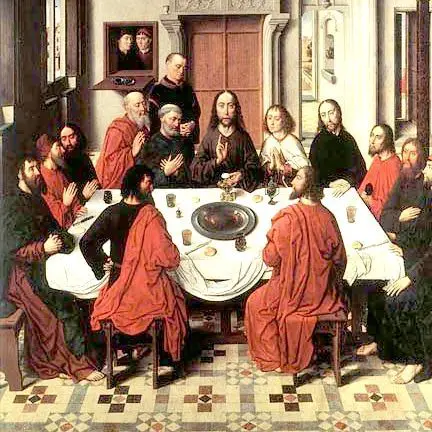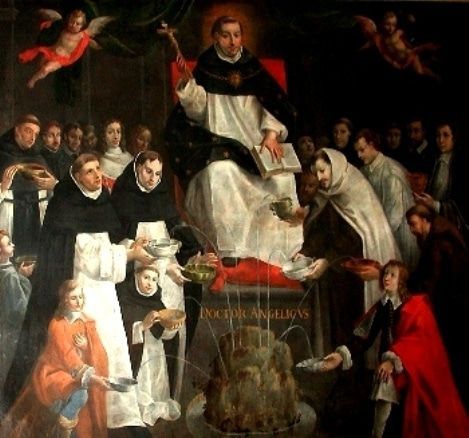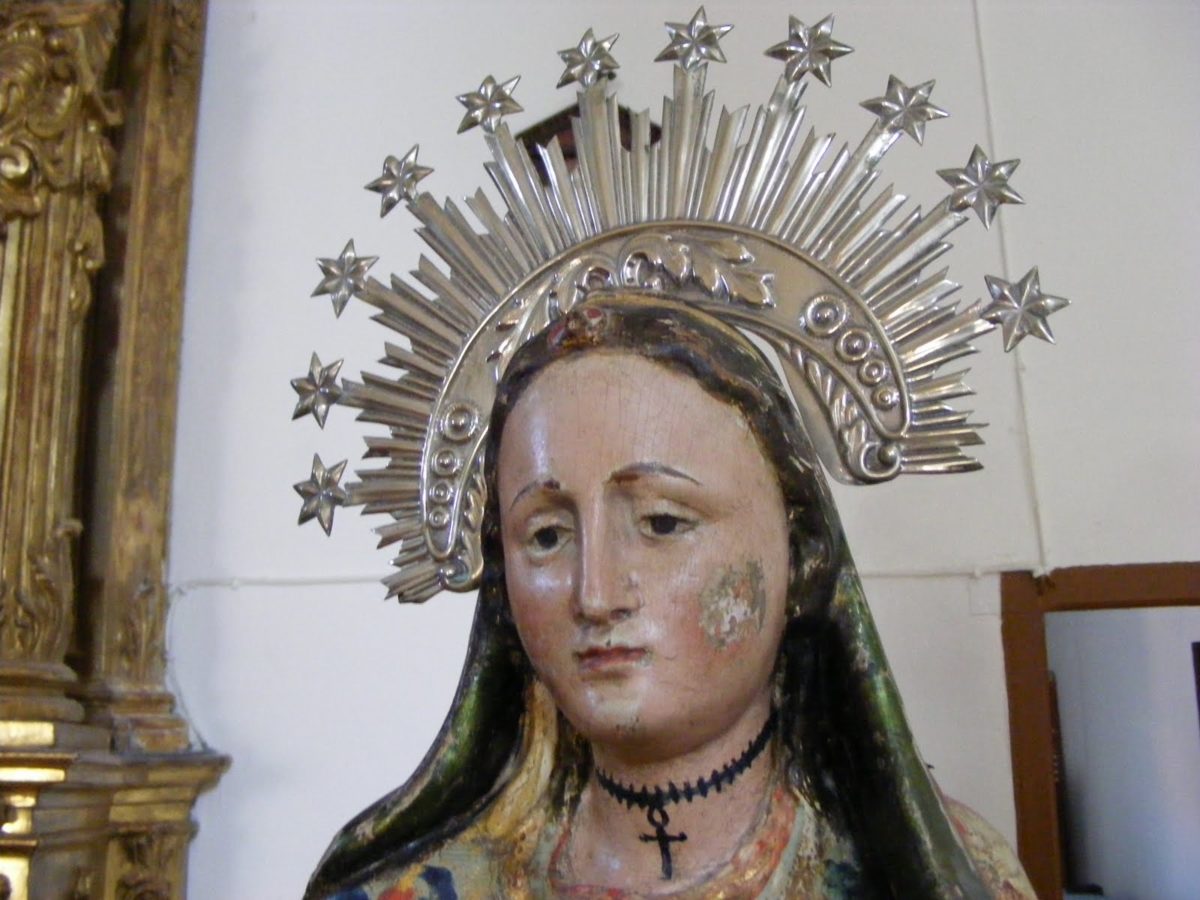Discover the life of Saint Victoria through our article and you will see all the difficulties this Christian martyr went through for the love of her faith.
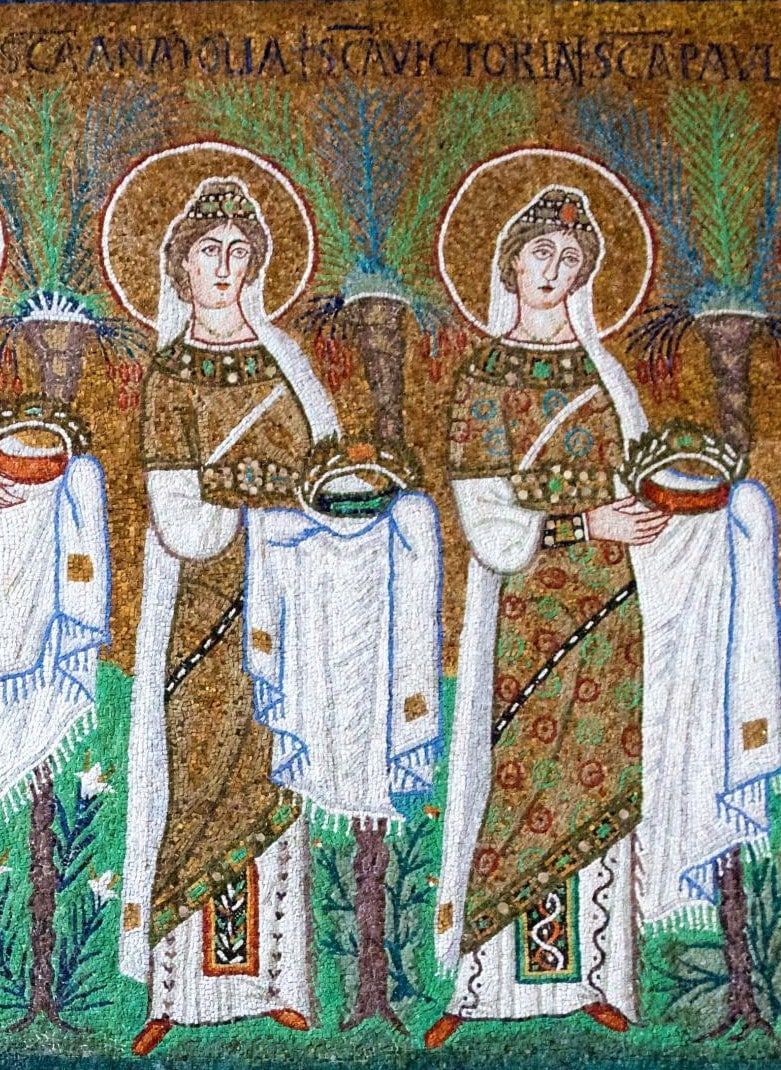
History of Saint Victoria
St Victoria lived in Picenum, Italy during the pagan Roman Empire. St Victoria and her sister St Anatolia are remembered as beautiful Christian noblewomen.
Unfortunately, like St Agatha, they were unwilling to marry noble pagan men who were not very happy to hear that they were practising Catholics.
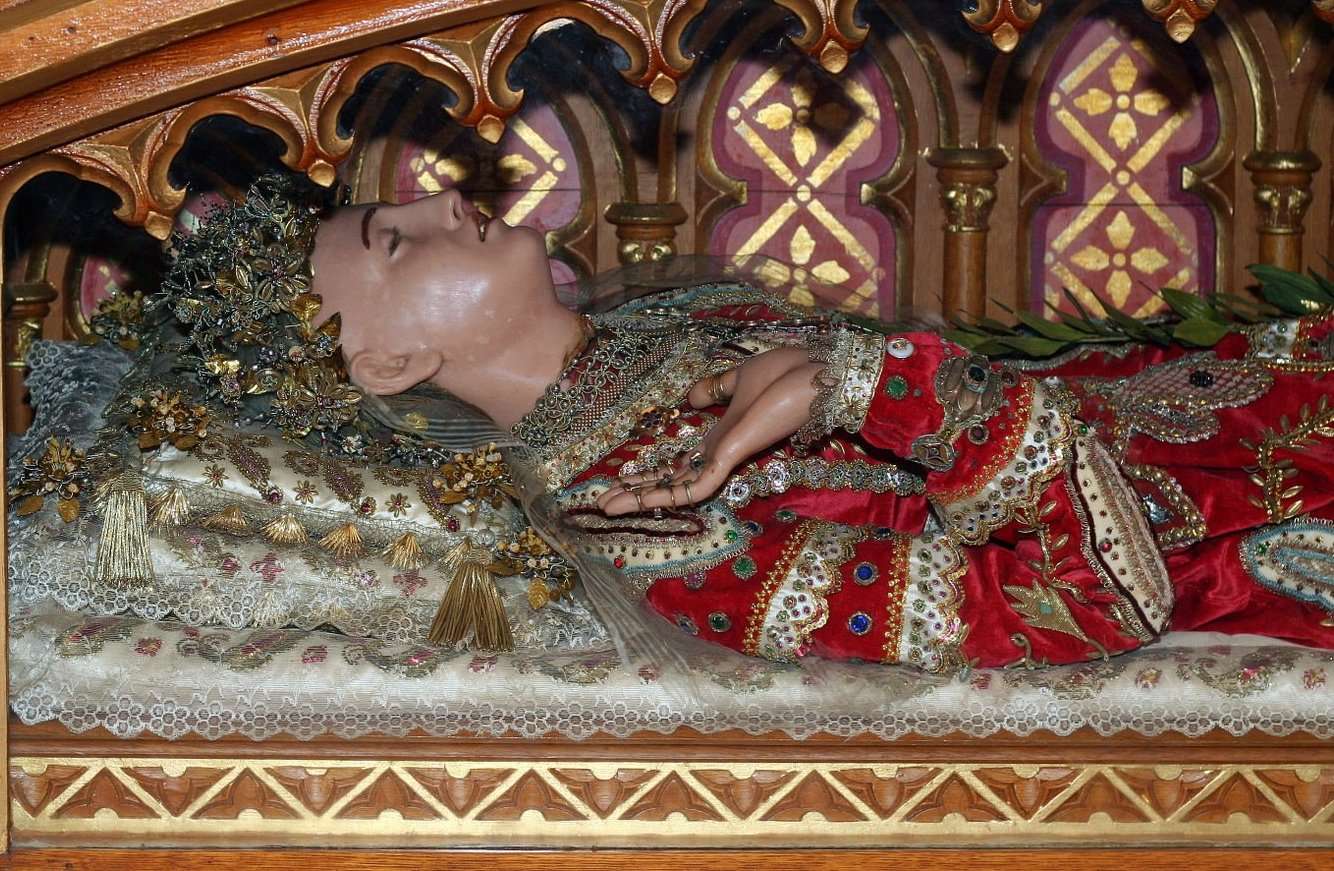
At first Victoria was content to marry the pagan, hoping to convert him, but her sister refused to marry and convinced Saint Victoria to do the same, as they both sought to dedicate their lives solely to God.
The noble pagan suitors managed to strike a deal with the local authorities, allowing them to imprison each sister in their respective homes in order to convince them to renounce their faith. Both sisters responded by selling all their possessions, giving all their money to the poor and dedicating themselves to God, just as St Ursula wanted to do, to serve God.
During their imprisonment, both sisters managed to convert all the guards, maids and servants in their respective houses.
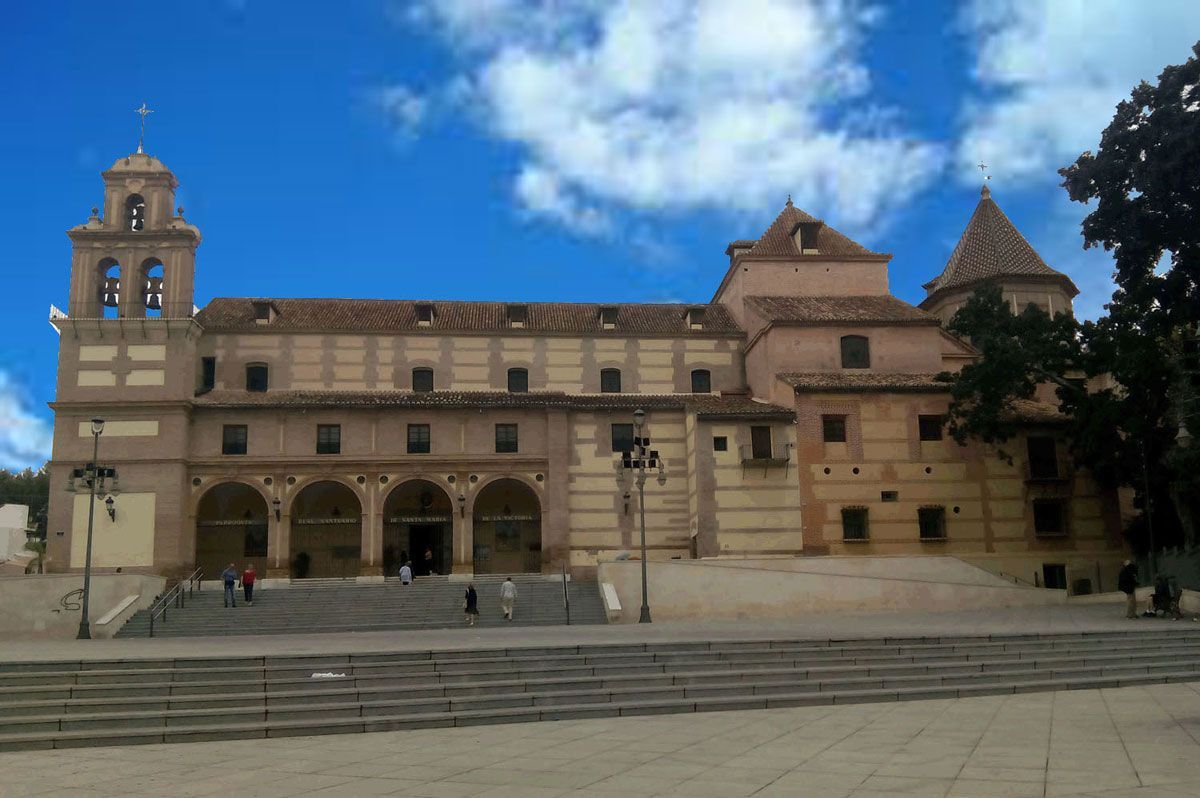
Saint Anatolia’s suitor simply could not bear it and hired Audax to execute her. He first locked her in a room with a poisonous snake that could not harm her.
 Seeing this, he converted and was later martyred as well. St Anatolia’s suitor was shocked and took the initiative to kill her by stabbing her to death himself.
Seeing this, he converted and was later martyred as well. St Anatolia’s suitor was shocked and took the initiative to kill her by stabbing her to death himself.
St Victoria’s suitor receives the news of what has happened and continues to do all he can to persuade St Victoria to change her mind.
He goes through periods of great kindness towards her, followed by years of extreme abuse. Finally, he gave up and, in a fit of rage, stabbed her to death. According to the legend, he immediately contracted leprosy and died 6 days later, eaten by maggots.
It should be noted that the persecution of Christians at that time was impressive (see: Why were the first Christians persecuted). St Victoria is one of the few saints whose murderer also faced death and sickness immediately after the crime.
Watch this video to find out more about Santa Victoria:
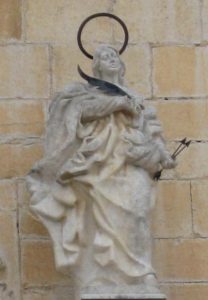
The story of St Victoria and her sister is one of sisterhood, conversion, martyrdom and sacrifice. Few saints’ stories contain all these powerful elements. St Victoria had incredible faith and courage, which she showed in a unique way, as did St Catherine of Alexandria.
Through the translation of her relics, her cult spread throughout Italy. Some relics of St Victoria were moved from the abbey to Monte Matenano in the Piceno region (about south of the Marches) in 827 by Abbot Peter of Farfa, because the abbey was besieged by “Saracens”.
The town of Santa Vittoria in Matenano is named after him. Ratfredus, later abbot of Farfa, brought Farfa’s body to Santa Vittoria in Matenano on 20 June 931.
The bodies of Anatolia and Audax were transferred to Subiaco by Abbot Leo around 950. At an unknown date, a scapula of Anatolia was transferred to the present Sant’Anatolia di Borgorose and an arm of the saint to the present day.
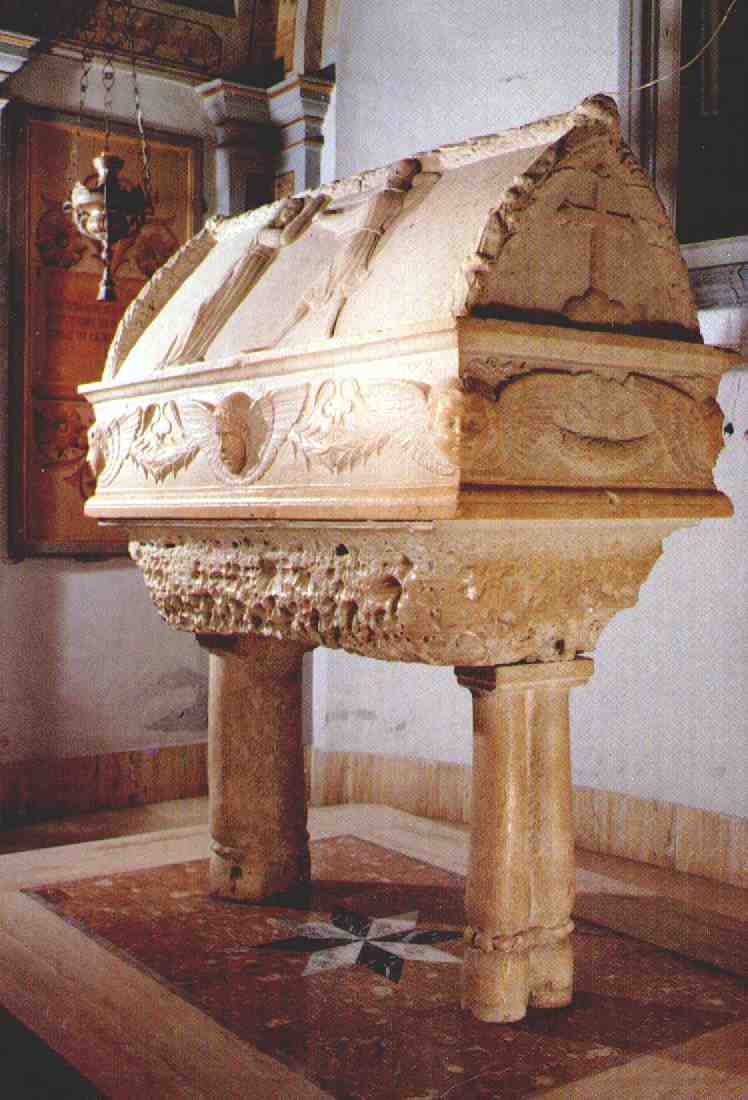
The bodies of Anatolia and Audax still rest in Subiaco, in the Basilica of St Scholastica, under the altar of the Holy Supper. Their feast day was actually 9 July.
A simulacrum and other relics of St Victory are currently on display in the Church of Santa Maria della Vittoria in Rome.
Watch this video to see what the Church of Santa Maria della Vittoria, where the relics of St Victory are kept, looks like:
Saint Victoria’s Day
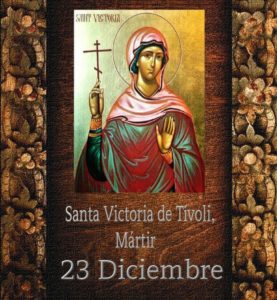
Her feast day is 23 December. Saint Victoria is the patron saint of Anticoli Corrado, Italy, and her widespread devotion is expressed in the Saint Victoria medals, which feature her with a knife representing her martyrdom.
Sts. Victoria, Anatolia and Audax are venerated as martyrs and saints by the Catholic Church. Victoria and Anatolia (but not Audax) are mentioned in the Roman Martyrology on 10 July.
Anatolia was first mentioned in the De Laude Sanctorum, written in 396 by Victrice (Victricius), Bishop of Rouen (330-409).
Anatolia and Victoria are mentioned together in the Martyrologium Hieronymianum and celebrated on 10 July, while Victoria is only mentioned on 19 December: In Savinis civitate Tribulana Victoriae. The two saints appear in the mosaics of the Basilica of Sant’Apollinare Nuovo in Ravenna, between Saints Paulina and Cristina.

